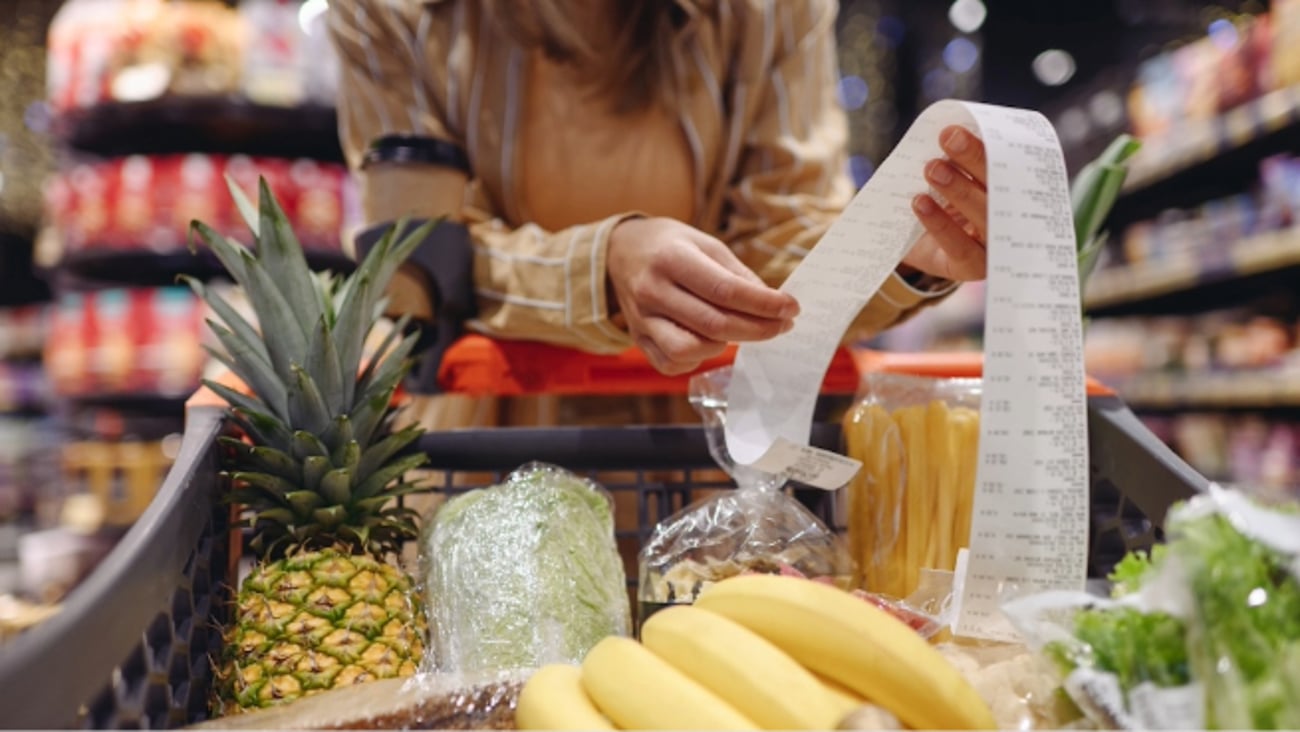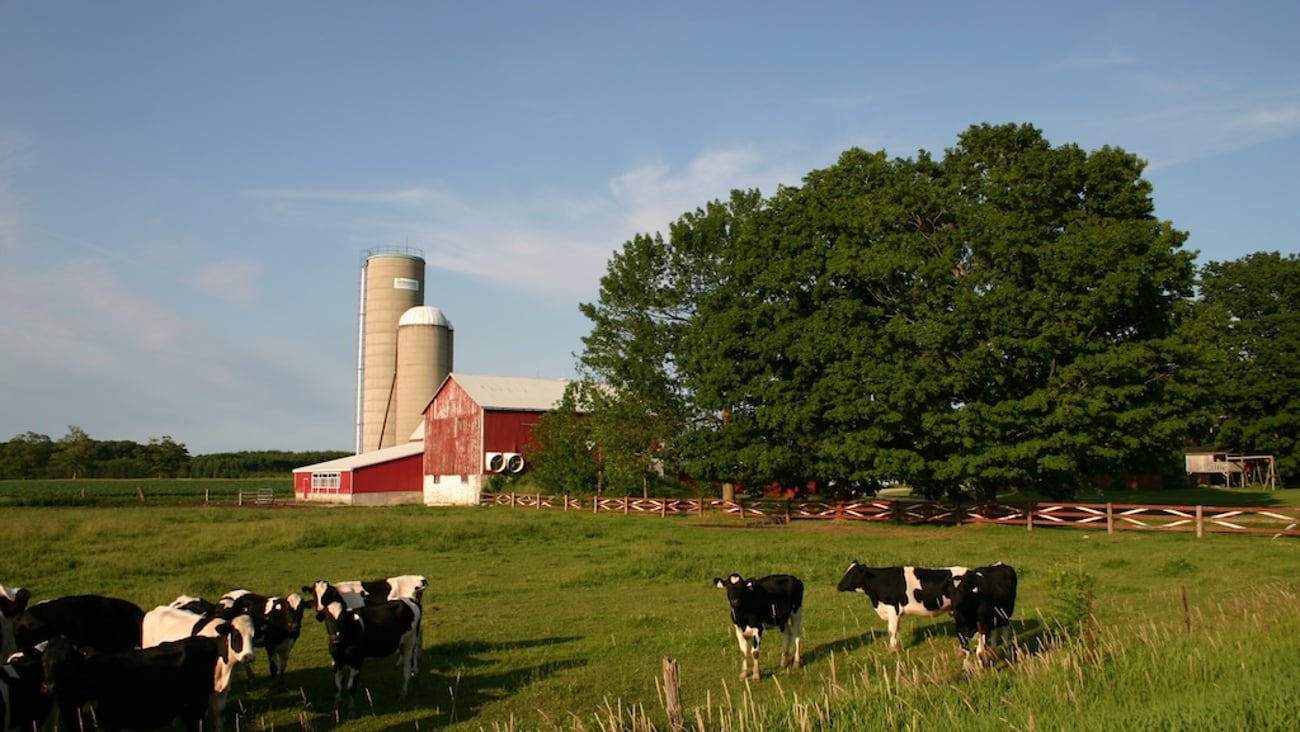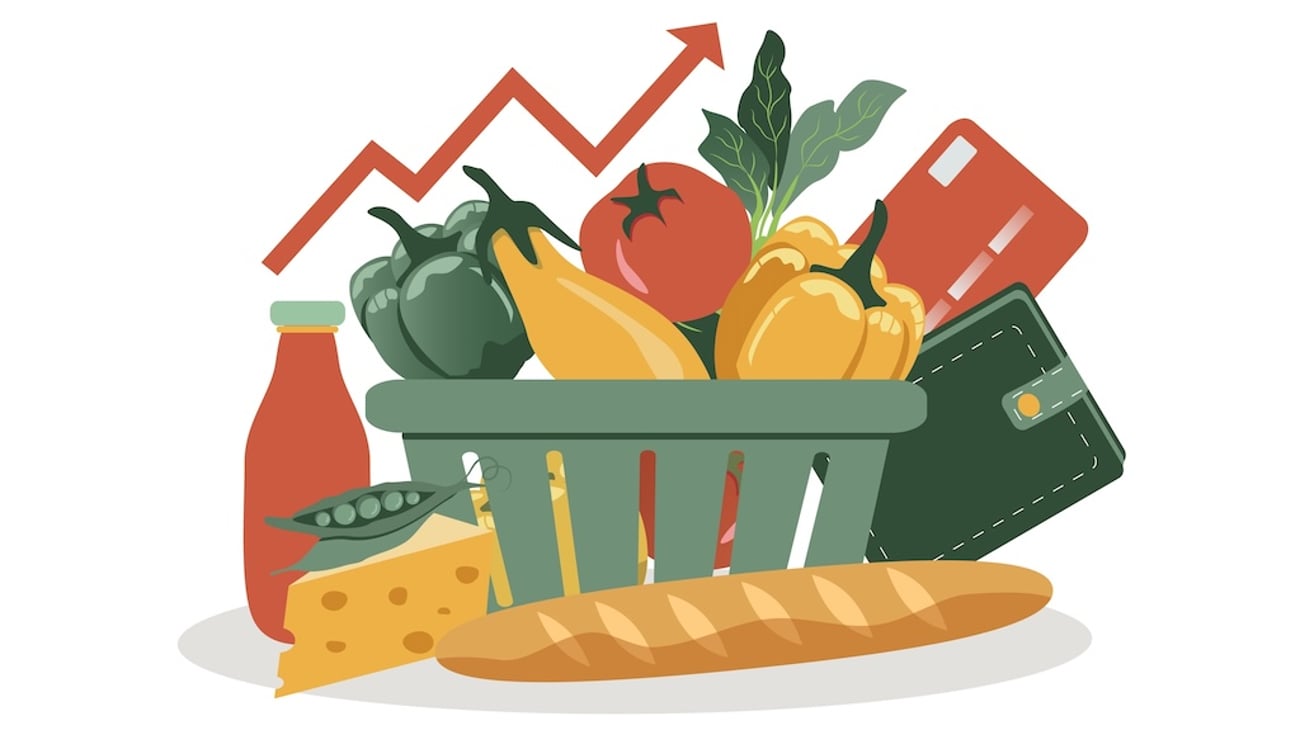Pricing with purpose: The gamble of altruism in the grocery aisle
Experimenting with consumer-based philanthropy at the grocery store level is a concept that intrigues both economists and social entrepreneurs alike. The idea of relying on consumers’ generosity and altruistic nature to help those in need, while simultaneously keeping a grocery store afloat, raises important questions. But can it truly work?
A notable experiment is currently underway in Montreal, where an independent grocery store called 3 Paniers has recently opened. This store offers three distinct price points: the "Solidarity Price," which reduces profit margins to make groceries more affordable for those on tight budgets; the "Suggested Price," which includes a standard profit margin essential for the financial health of this social enterprise; and the "Pay-it-Forward Price," which not only covers costs but also subsidizes the Solidarity Price, supporting the store's broader mission.
The question remains whether many consumers will opt for the Pay-it-Forward option. While one can be hopeful, the reality may differ. Consumers, regardless of their financial means, often manage their food budgets in a variety of ways. Stores like 3 Paniers may attract individuals who are drawn to the mission, but their numbers are likely to remain small.
A similar concept was tested at The Anarchist, a self-described "anti-capitalist" café in Toronto, which operated on a "pay what you can" model. It closed last year after just over a year in business. Despite this, the idea has not disappeared. Another Pay-What-You-Can food market opened in Kitchener in June, aiming to improve food accessibility in the community. Numerous lesser-known initiatives across the country share this goal: how to encourage the more fortunate to support those left behind while grocery shopping. Yet, this remains an elusive concept that has not proven successful over time.
Altruism appears easier for food banks and food-rescue organizations like Second Harvest to tap into. Integrating different socio-economic groups within a single store has always been challenging. The concept of the wealthy supporting the poor in real-time, as they interact within the same retail space, is precisely what these outlets strive to achieve. While the beauty of these initiatives lies in their potential to create socio-economic portals for all, most will likely struggle to survive in the long term. Human nature, with its tendency to compartmentalize, often means that people are unwilling to overpay for their own food to support others.
Some of this work, however, is already being done on a much larger scale, albeit without much fanfare. Despite facing criticism for years, major grocers like Loblaw, Sobeys, Metro, Costco, and Walmart Canada contribute significantly to food banks and food-rescue agencies. For instance, Metro, the smallest of the country's big three grocers, donated more than $60 million worth of food to food banks last year. These companies, while profitable, also play a substantial role in supporting the needy, contributing to various initiatives such as child welfare, literacy, education, and housing.
Smaller social enterprises, on the other hand, aim to bring communities together, involving volunteers and fostering a sense of collective responsibility. It's hard to argue against the value of these efforts. Most of us would like to see these enterprises succeed and thrive. Yet, making these initiatives sustainable will remain a significant challenge.
Allowing consumers to choose their price is certainly an intriguing concept. It’s just a shame we can’t do the same with our personal income taxes.






